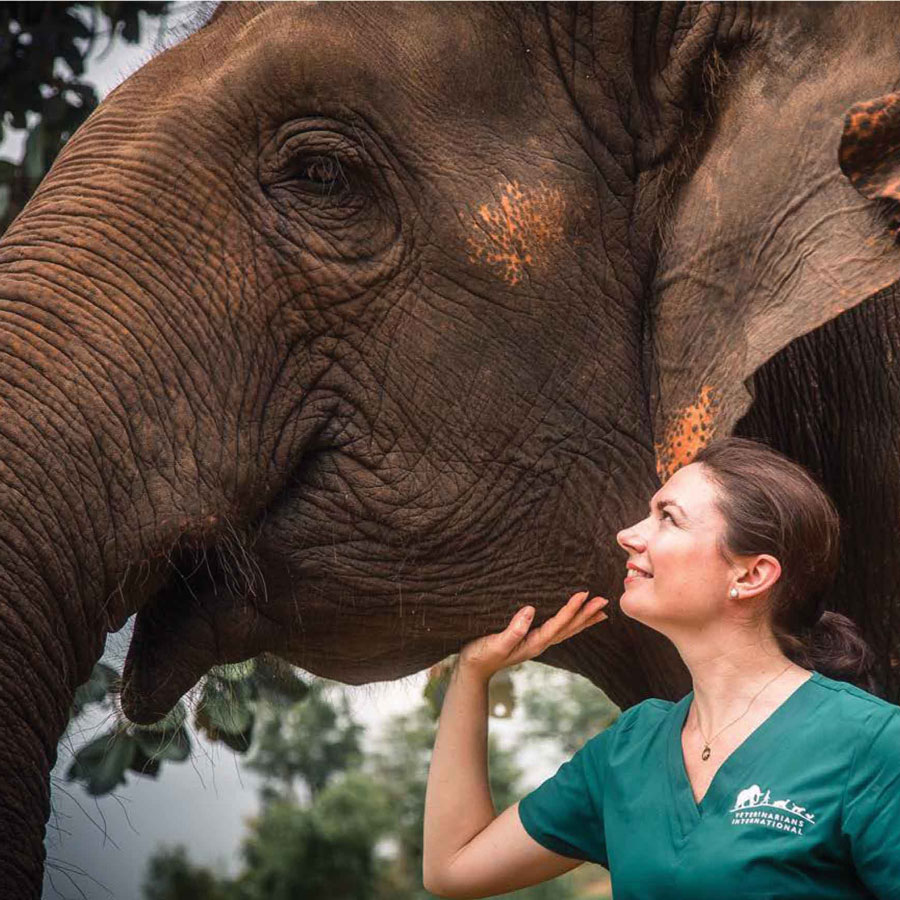Humans often provide opportunities for zoonoses by invading habitats of animals like bats, chimps, gorillas or migrating birds, or providing suitable habitats for others like deer, raccoons or rats.
Did you know:
- the CDC estimates 75% of new or emerging infectious diseases originate in wildlife
- if you were to look at all the infectious diseases humans contract, over 60% of them are shared with animals
Zoonoses
Diseases that are shared between humans and animals are called zoonoses. Many diseases like Brucellosis, Lyme disease and COVID-19 are shared between many different species of animals, so as veterinarians, it’s important we take a broad approach and maintain responsibility for the health of all animals to control and prevent the spread of disease.
An infectious disease is caused by one of three different types of agents–a virus such as rabies or COVID-19, a bacteria like salmonella, or a parasite like malaria. It’s important to consider 3 factors when looking at a disease:
- the host–the health and immune status of the person or animal being
- the agent–bacteria, virus or parasite doing the infecting
- the environment–which creates the conditions necessary for disease to occur
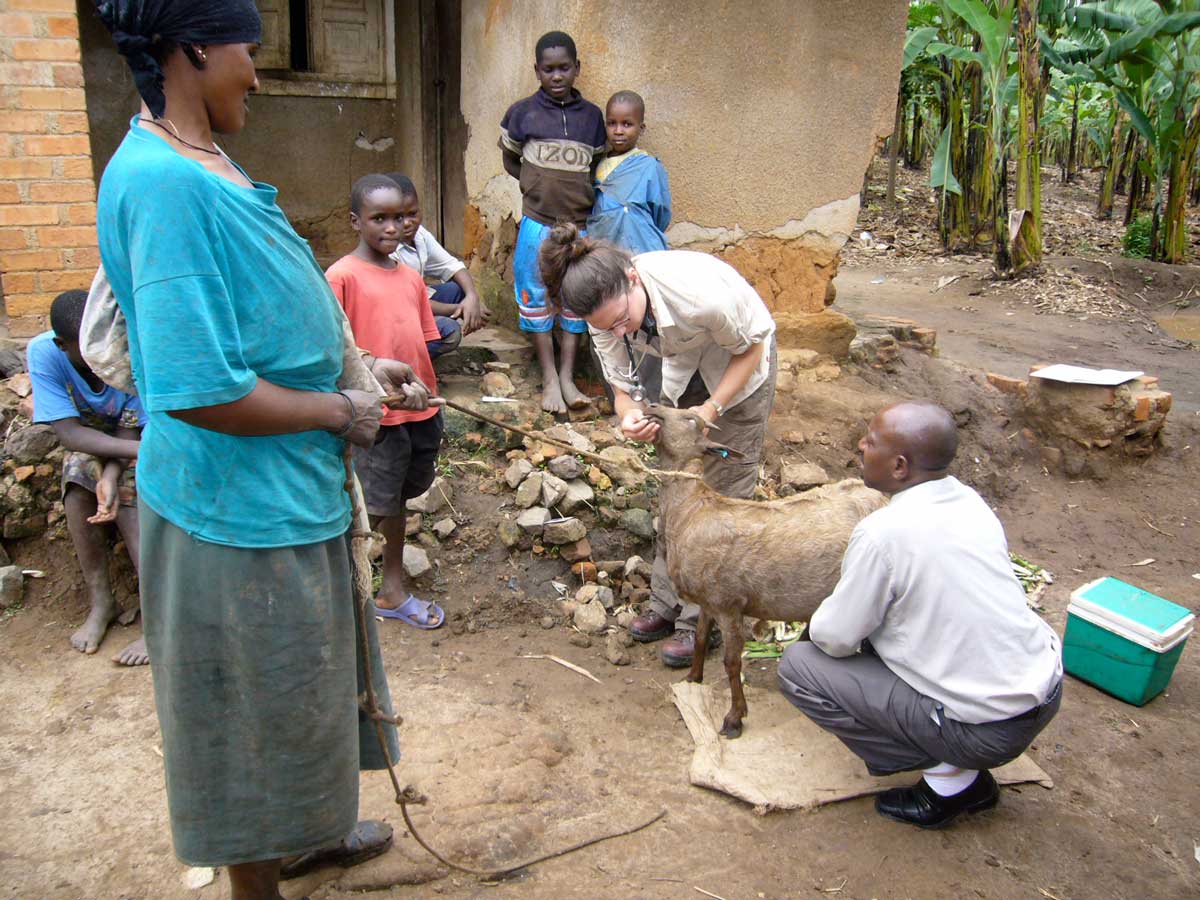
Causes of Increased Transmission
Viruses can have many different strains or subtypes and a new strain or subtype that easily transmits between humans can cause a pandemic. Bacteria that become resistant to antibiotics may be a cause of rapid spread. Sadly, approximately 70% of all medically important antibiotics are used in agriculture in an attempt to decrease infections due to the deplorable conditions of factory farms.
Leptospirosis is the most common zoonotic disease and can be found globally from Central Park to China. The disease is passed in wildlife urine and can infect you or your dog, causing life-threatening kidney or liver failure.
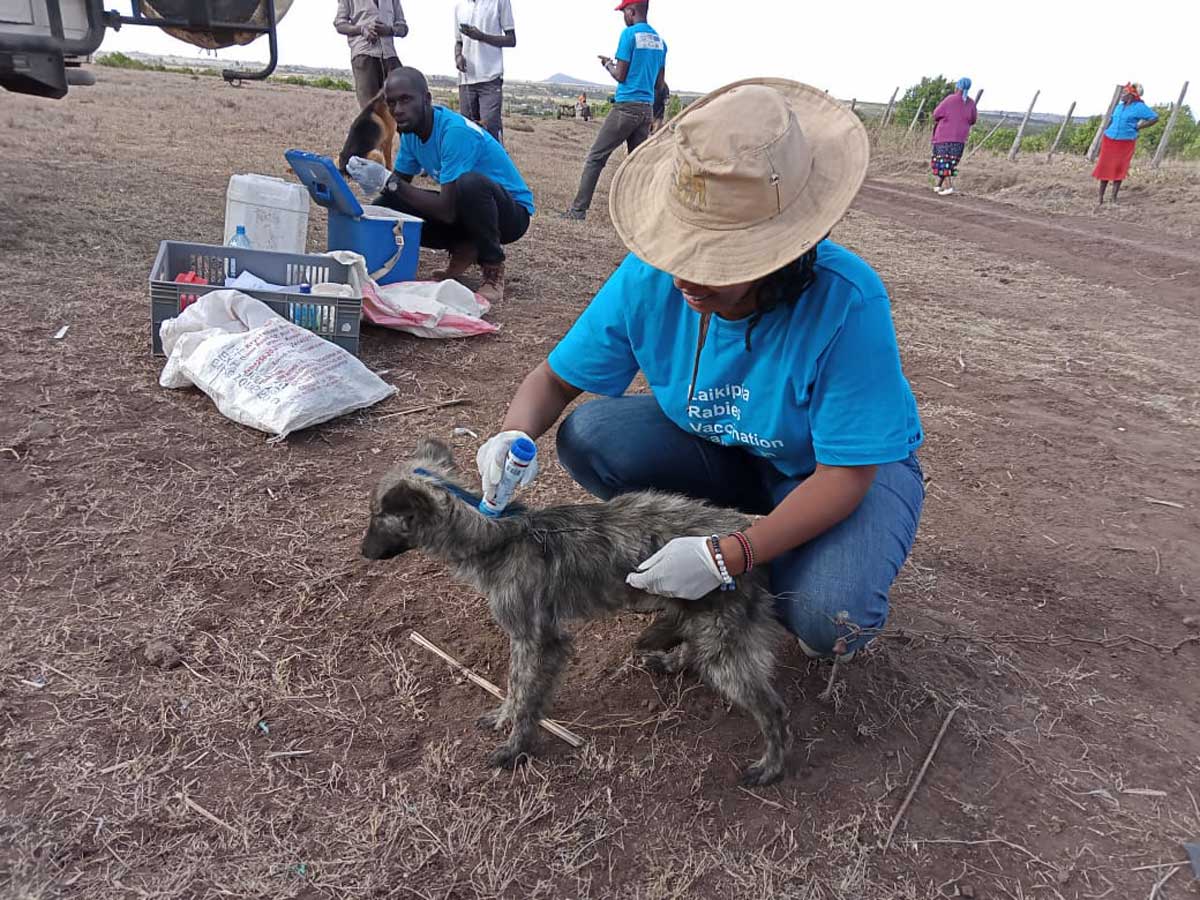
Nipah virus first spread to Indonesia when forests were burned for agriculture in the 1990s. Fruit bats fled to date palm trees at the perimeter of the farms, spreading Nipah virus to pigs and pig farmers through their saliva, feces and urine. Over 100 people died, and a million pigs were killed, in an attempt to control the outbreak.
In the Amazon and in Malaysia, logging has been linked to spikes in malaria as mosquitoes multiply in newly cleared land.
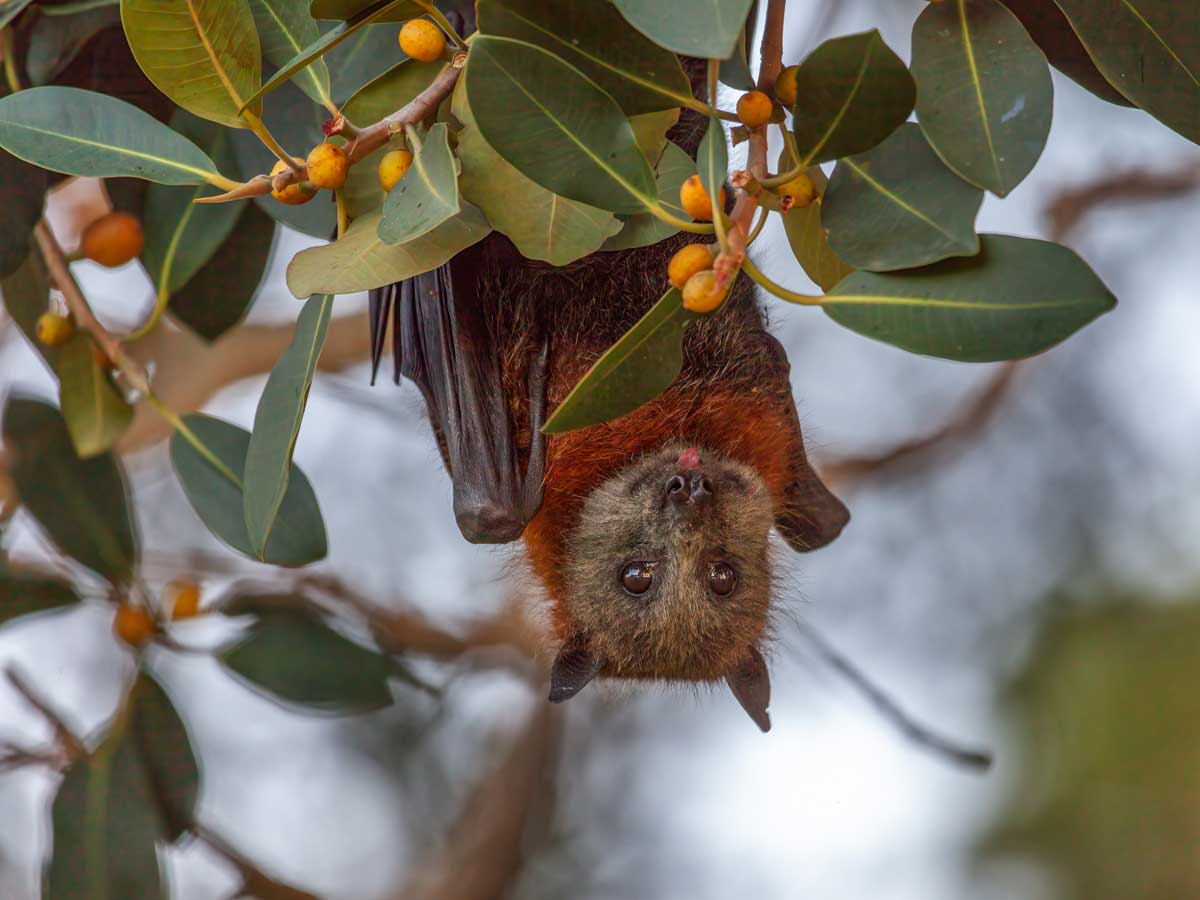
To understand pandemics, we need to understand and consider all of these scenarios–landscapes, habitats, how we feed ourselves, and also the role of species extinctions and human overpopulation.
Biodiversity
Studies by ecologists have shown that populations of plants, mammals, birds and insects living in ecosystems with low biodiversity tend to be more susceptible to host-specific diseases and more effective at spreading them than populations in ecosystems with high biodiversity. Since potential host populations are less constrained due to lack of predators and competing species, hosts are more densely distributed and more likely to spread disease amongst themselves.
This is why VI works to protect animals in parts of the world that are ecologically sensitive with high biodiversity and therefore most important to our survival.
For example, Lyme disease is less likely to occur in more biologically diverse habitats since ticks and bacteria are less likely to find suitable hosts on which they can feed. Diverse habitats naturally buffer against disease, are resilient, and can adapt and continuously reorganize themselves in a changing world.
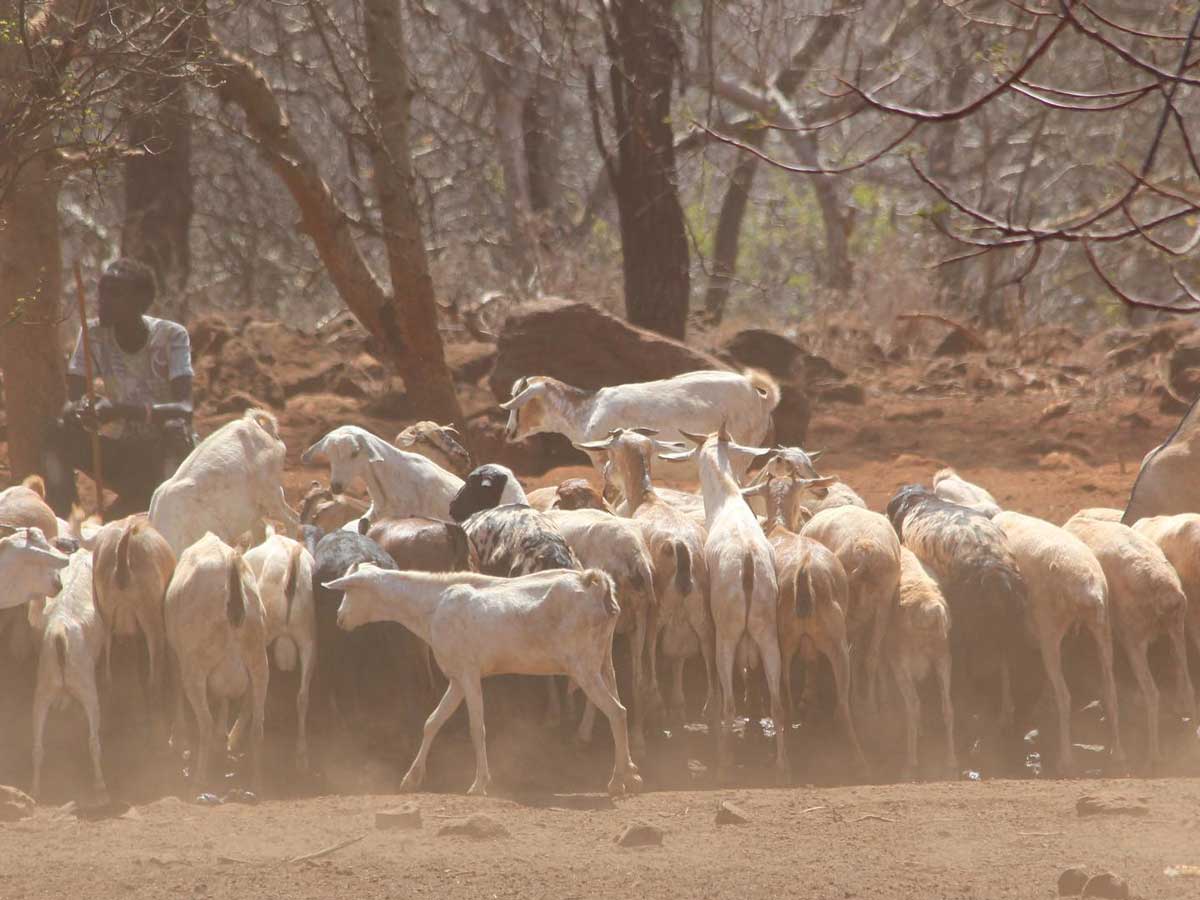
This principle also applies to farms. If a variety of crops are grown with a variety of animals, bacteria, viruses and parasites have a harder time dominating the landscape, maintaining an equilibrium that limits the chances of an outbreak. The ability for diseases to spread is linked to the genetics, health, nutritional status, and organizational structure of the populations to which they are introduced.
On the Frontlines of One Health
Veterinarians are on the frontline of pandemic prevention. We are the medical health professionals with the ability to keep animals healthy, monitor disease outbreaks and notify public health officials of our findings. One health is the multi-sectoral, interdisciplinary approach to health, where medical professionals, veterinarians, ecologists, epidemiologists and others come together to solve health issues. This framework is needed to limit the exponentially high cost of response to pandemics, and to enable prevention to succeed.
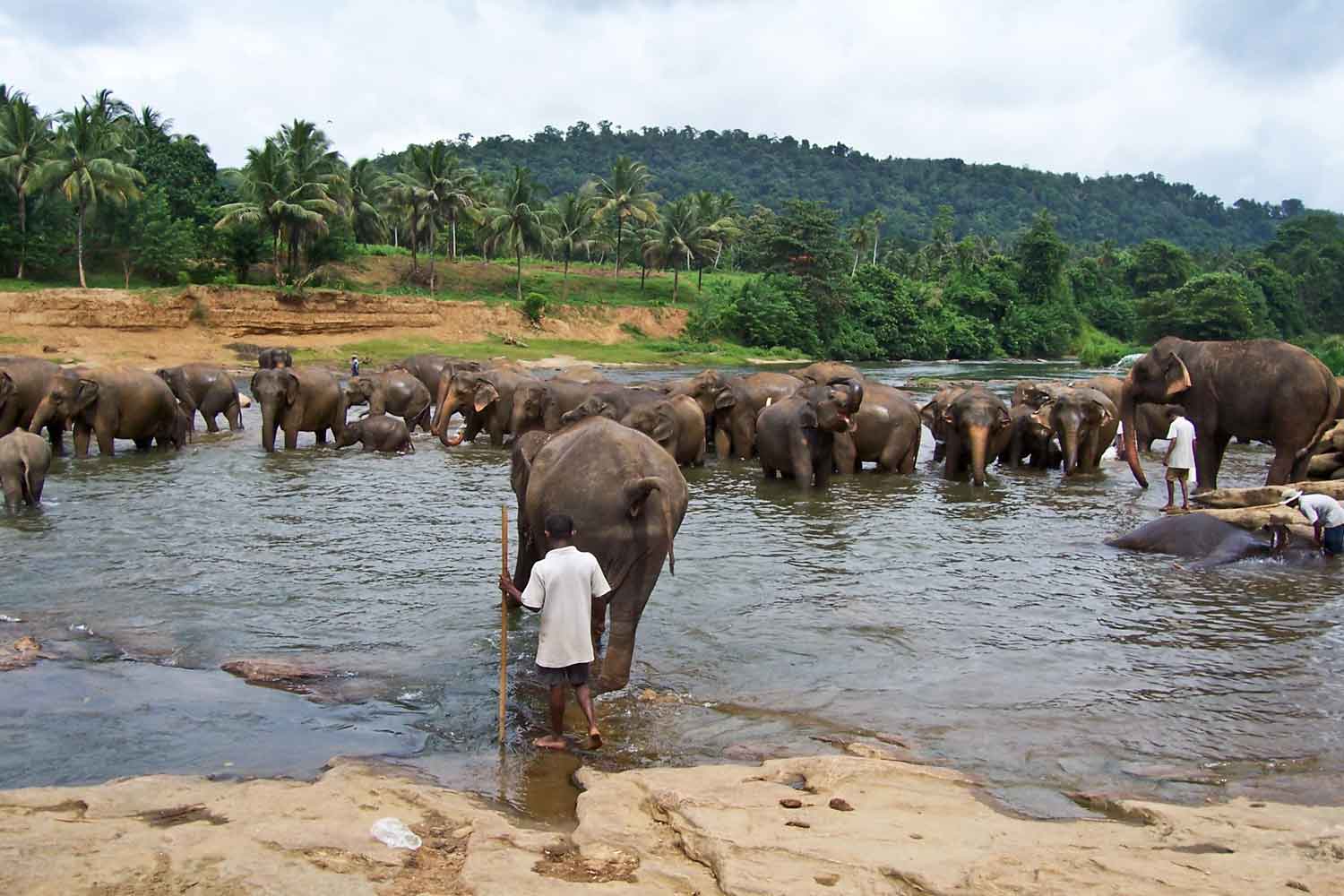
COVID 19 isn’t the first pandemic, nor is it the last. The plague–caused by a bacterium Yersinia pestis, made its way around the world at least 3 different times, with the second pandemic annihilating at least a third of the population of Europe and changing the course of European history, and the third, starting in China in 1855, eventually spread to India, killing 12 million people.
The Link to Climate
Reports from NASA state that since the last ice age, carbon dioxide from human activity is increasing more than 250 times faster than it had from natural sources. The planet’s average surface temperature has risen about 2.12 degrees Fahrenheit since the last century, mainly due to increased carbon dioxide emissions from human activities. Most of the warming has occurred in the past 40 years, with the seven most recent years being the warmest.
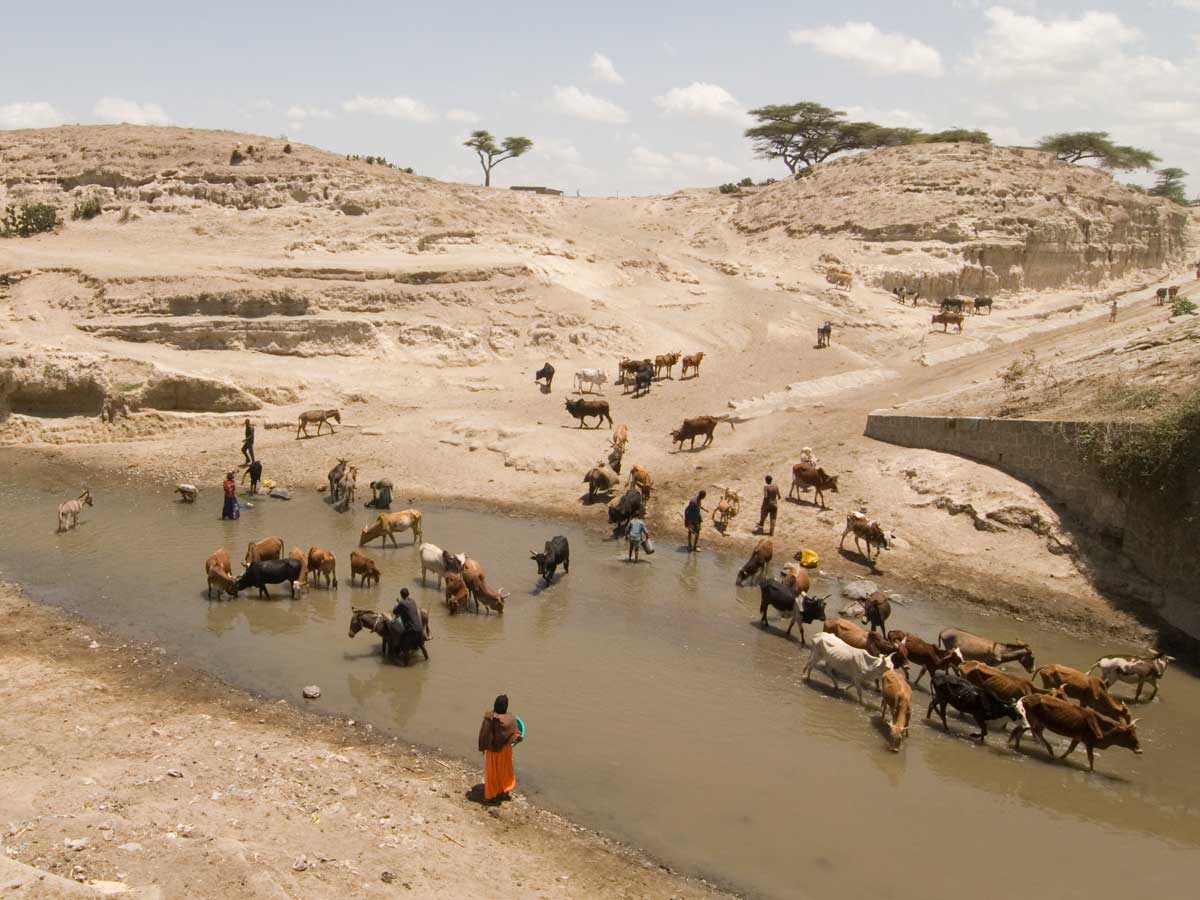
Increasing temperature and moisture have enabled Lyme disease to make its way North to parts of Canada where migrating, tick carrying birds pass through every Spring and Fall. Compounding this, tick hosts, like white-tailed deer and field mice have taken over due to predator-free environments and warmer areas to settle into.
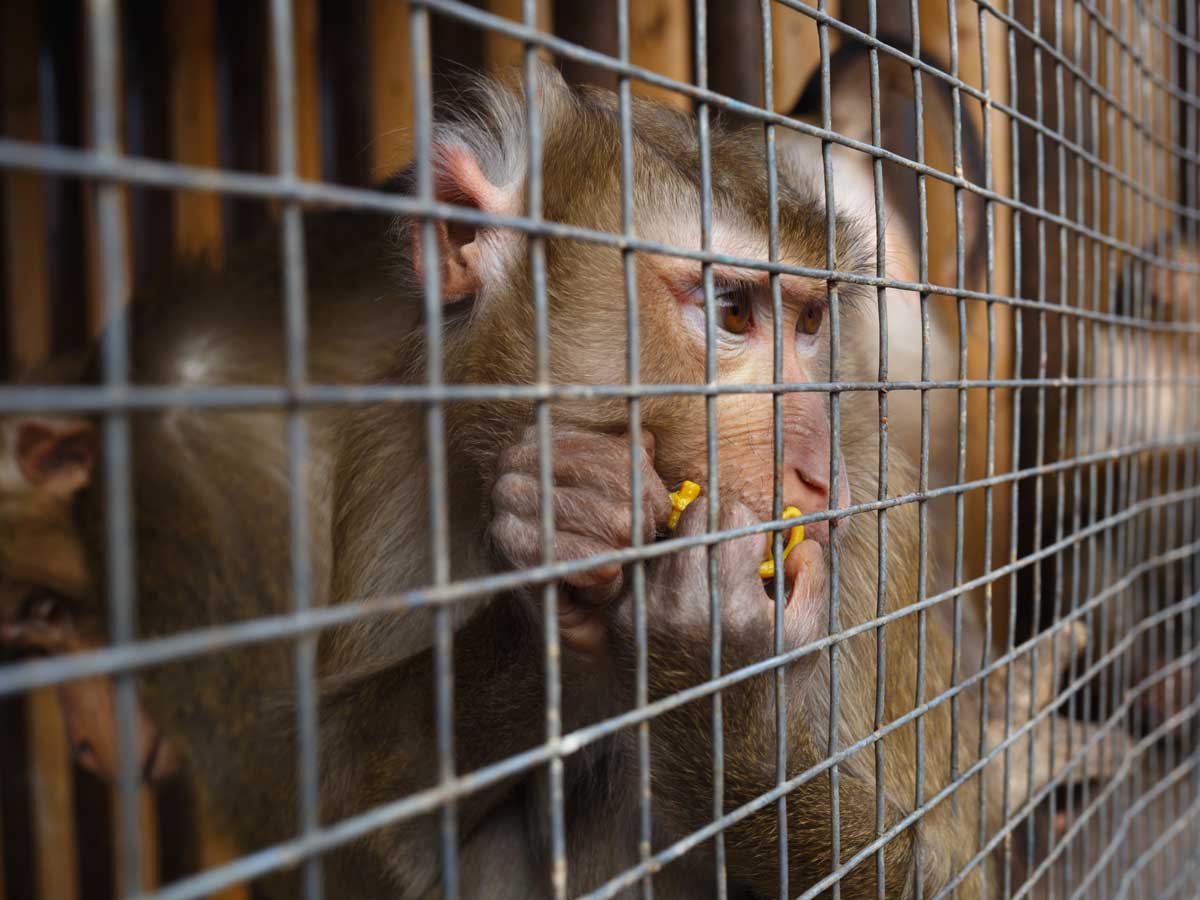
The wildlife trade has also resulted in severely detrimental effects on biodiversity. While an important source of protein, income and livelihoods, this practice must be balanced with the risk and consequences of zoonotic disease spread. The SARS pandemic of 2004 found horseshoe bats living in a cave in China to be the reservoir of the corona virus, and samples from civets in wildlife markets also tested positive for similar strains, making them suspect in the transmission cycle.
By being kind to animals and supporting our movement, we can all make a difference. I appreciate you and welcome your contributions, skills, resources and time. We cannot do this work without you.


